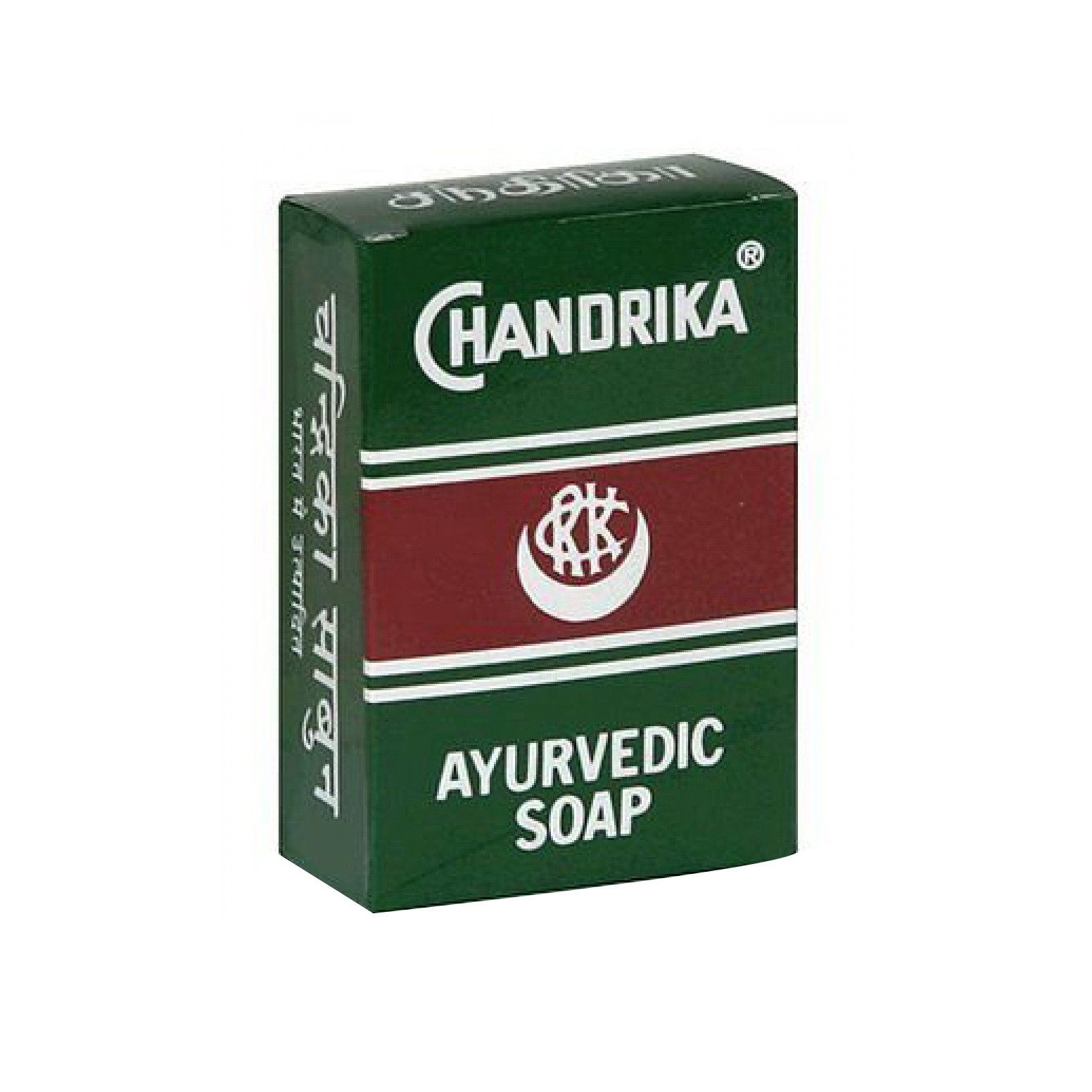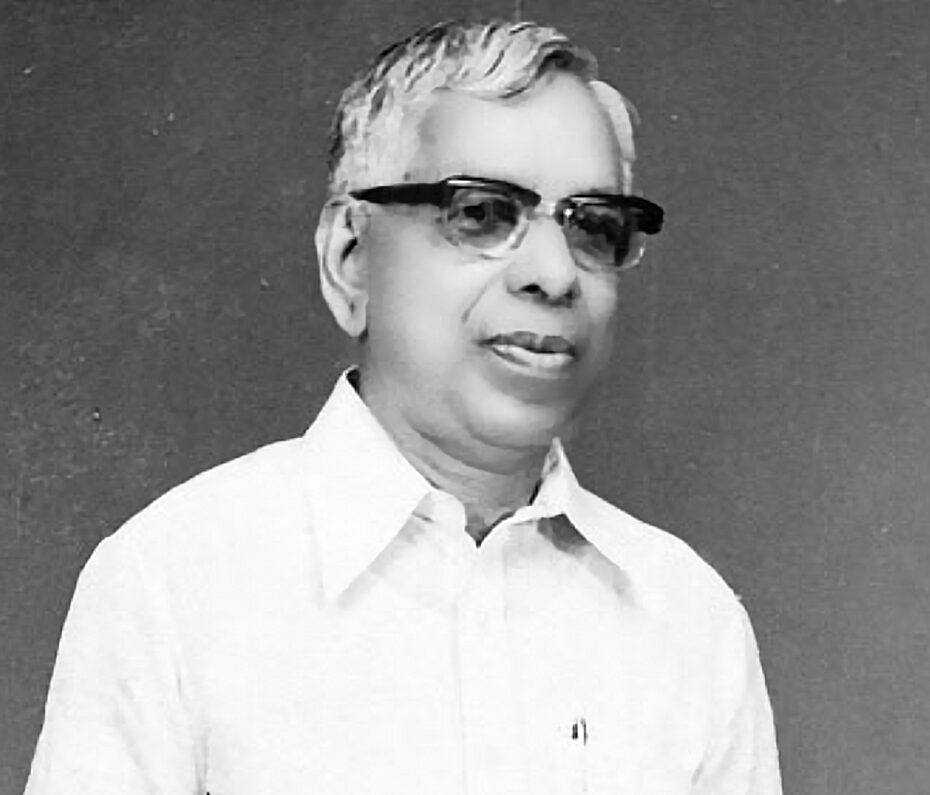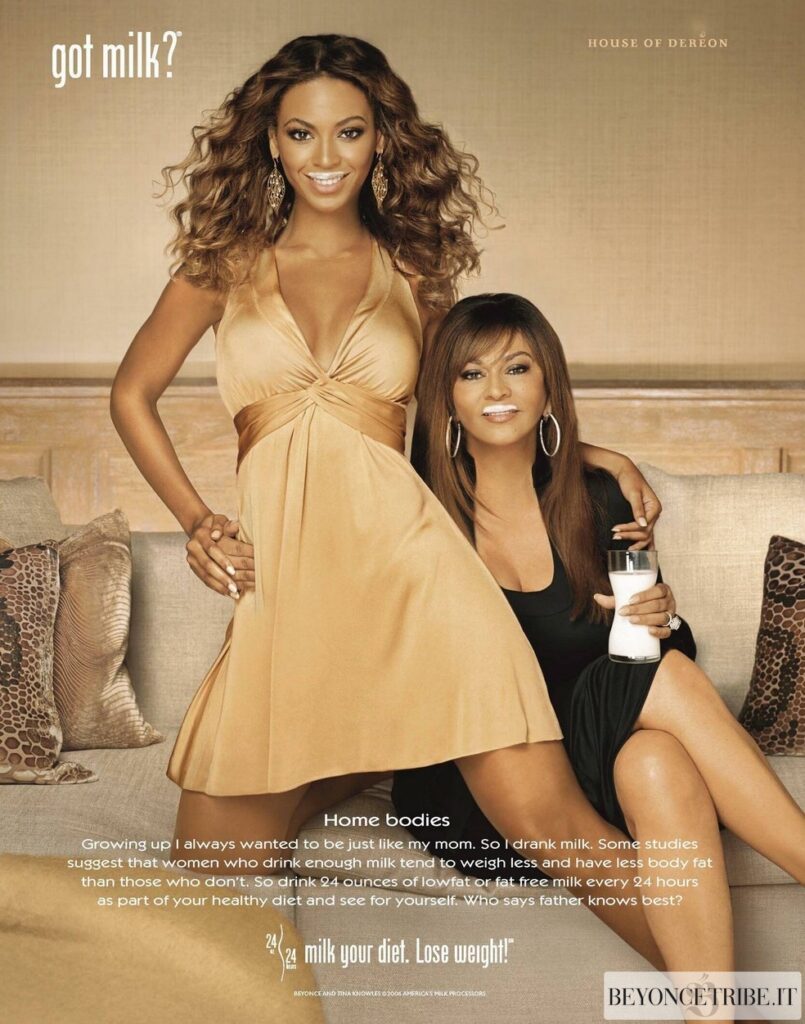Unforgotten Brands: Chandrika Soap

What began as a two-person operation in a small town has now evolved into a global Ayurvedic brand, still upholding the same principles on which it was founded
In the 1940s, an Ayurvedic physician named C.R. Kesava Vaidyar was crafting something in the quiet town of Irinjalakuda, Kerala, soon become a household name—not just in India but across the globe.
That creation was Chandrika, the world’s first Ayurvedic soap.
But this isn’t just the story of a soap. It’s the story of a man, his vision, his resilience, and the ancient wisdom of Ayurveda.

A Humble Beginning Rooted in Wisdom
Kesava Vaidyar was born in 1904 in the village of Ramapuram in Kottayam district. He was the sixth child of Chullikkattu Raman and Kunzhilayichi. Though his mother practised Vishavaidya (a traditional healing system), Kesavan didn’t learn from her. Instead, his path to Ayurveda came through his spiritual teacher and guru, Ramananda Swamikal, who had learnt Siddhavaidya.
Swamikal had developed a medicinal paste using Marottica oil, known for its healing properties, especially for skin diseases such as leprosy. He allowed Kesavan to use this oil to create a new kind of soap. Swamikal had already made a soap named Saseendra, meaning “moon”, while Kesavan would later call his creation Chandrika—the “light of the full moon”.
The two soaps coexisted in the market but never competed directly. Both were known for their effectiveness in treating skin problems such as acne, scabs, and freckles.
Starting with Just Two Pairs of Hands
In 1930, Kesava Vaidyar married Karthiani, who would become his first co-worker. Together, they made soap by hand. There were only two people in the workshop: Kesavan and Karthiani.
At the time, Ayurveda wasn’t widely used in everyday products. The idea of Ayurvedic soap was unheard of. But Kesavan had deep faith in Ayurveda—and in his creation, Chandrika — and began his journey with nothing but belief and determination.
He carried wooden boxes of soap on foot or by bus, sometimes clinging to the back ladder of crowded vehicles. There were nights he slept outside closed shops, waiting to sell his product the next morning.
And slowly, his hard work began to pay off.
A Reputation Built One Soap at a Time
People who tried Chandrika came back for more. Word spread. Its effectiveness in treating skin issues made it popular not just among consumers but also among doctors who began prescribing it. What started as a niche Ayurvedic product became a sought-after soap across regions.
To promote Chandrika further, Kesavan got creative. He printed calendars and published advertisements in multiple languages, including Malayalam, Tamil, Telugu, Kannada, and English. At a time when major newspapers usually reviewed only books, he sent soaps for editorial review.
He featured in theatre ads, displayed banners during boat races, and even had an elephant carry Chandrika’s advertisement during the famous Thrissur Pooram. He made sure to cover every aspect.
He also used his position as treasurer of the Sree Narayana Dharma Paripalana Sangham (SNDP) and as publisher of Vivekodayam magazine to promote Chandrika. He published testimonials in the form of letters from dignitaries, poets like Vallathol Narayana Menon, film stars like Prem Nazir, doctors, and social reformers. All of it gave Chandrika credibility, respect, and reach.
Breaking Caste Barriers with Soap
In the early days, Chandrika was quietly referred to as the “Ezhava soap” because Kesavan belonged to the Ezhava community. Some upper-caste families hesitated to use it.
However, Kesavan turned this stigma into a source of strength. He promoted Chandrika as India’s original vegetable soap, made without animal fat. This made it appealing to people who avoided animal products for religious or ethical reasons. Gradually, the soap overcame caste taboos and gained widespread acceptance.
Initially sold only with prescriptions through pharmacies, Chandrika soon became a freely available toilet soap—affordable, accessible, and trusted.
A Legacy That Lives On
Chandrika’s roots lie in the ancient science of Ayurveda, which emphasises balancing the body’s energies for long-lasting health. This philosophy guided every bar of soap Kesavan Vaidyar produced.
Today, more than 80 years since it was first made, Chandrika continues to be cherished in millions of homes. It remains a symbol of purity, tradition, and perseverance.
What began as a two-person operation in a small town has now evolved into a global Ayurvedic brand, still upholding the same principles on which it was founded: honesty, efficacy, and care.
Chandrika isn’t just a soap. It’s the story of a dream wrapped in tradition and carried on the shoulders of one determined man.
Reference
https://www.chandrikasoaps.com/founder.html
https://www.facebook.com/photo.php?fbid=2995813550435689&id=110581498958923&set=a.111482465535493



